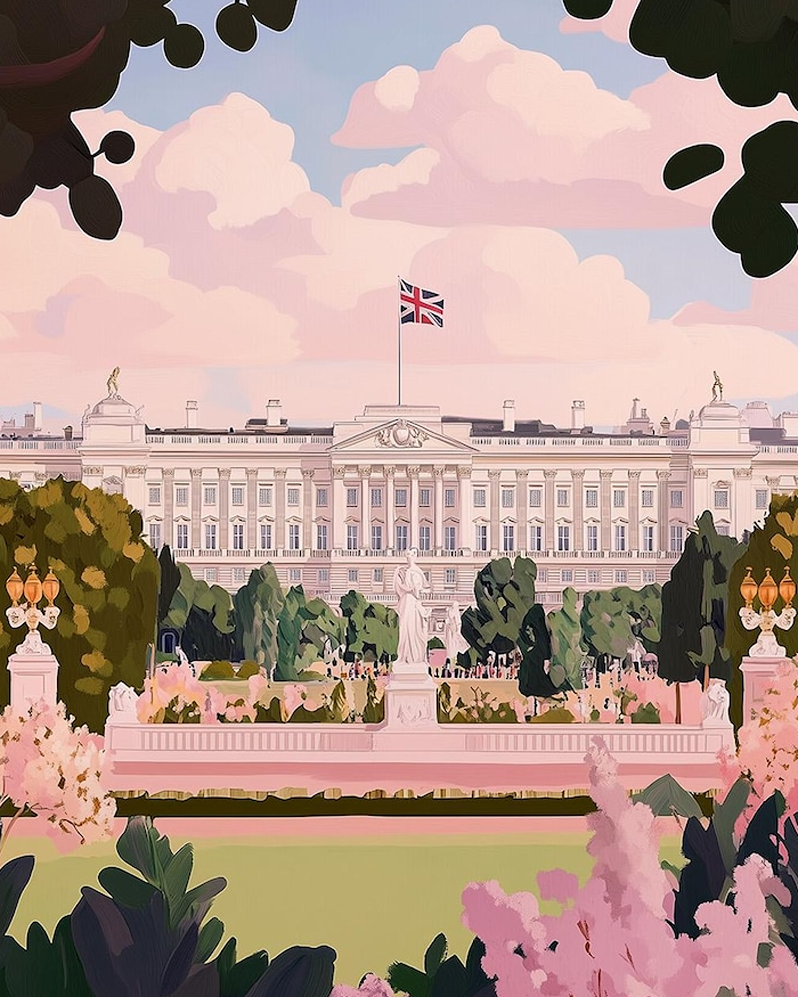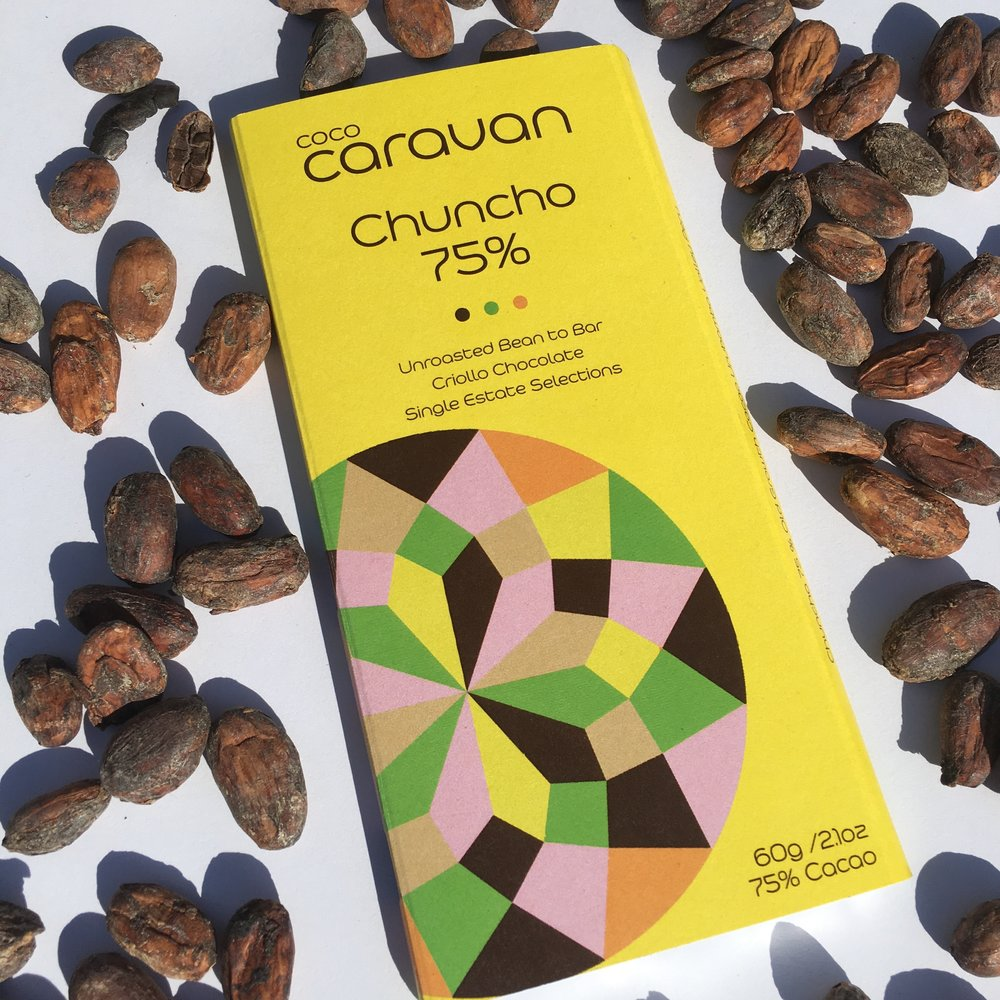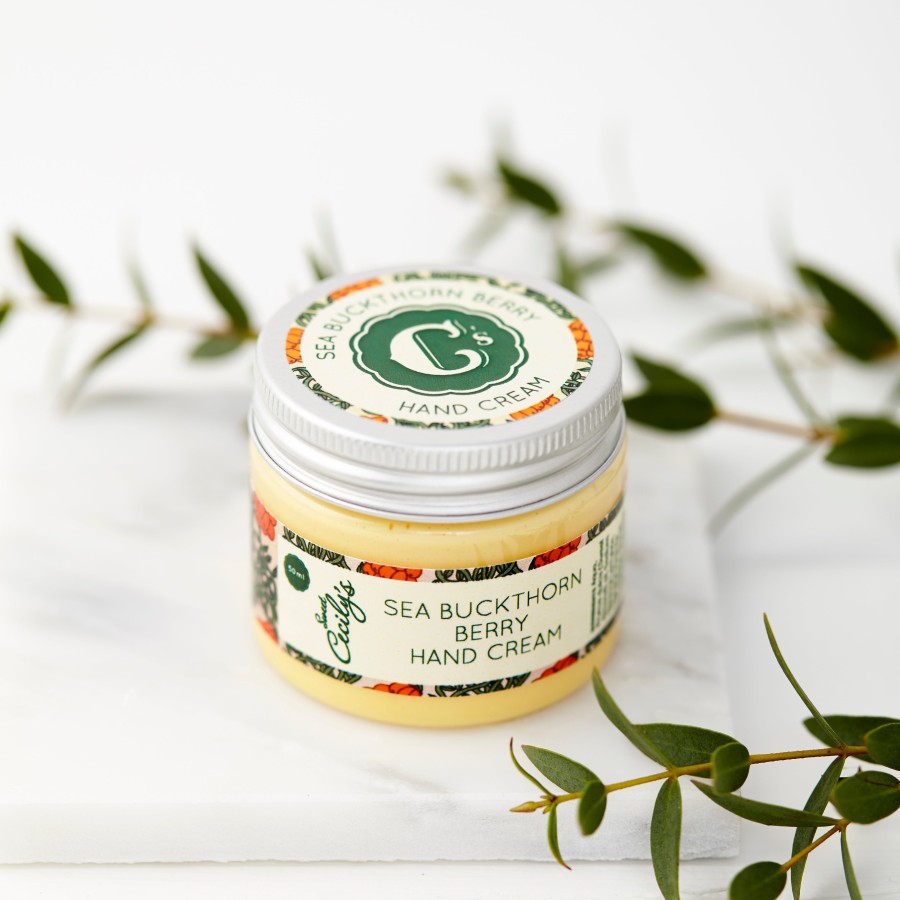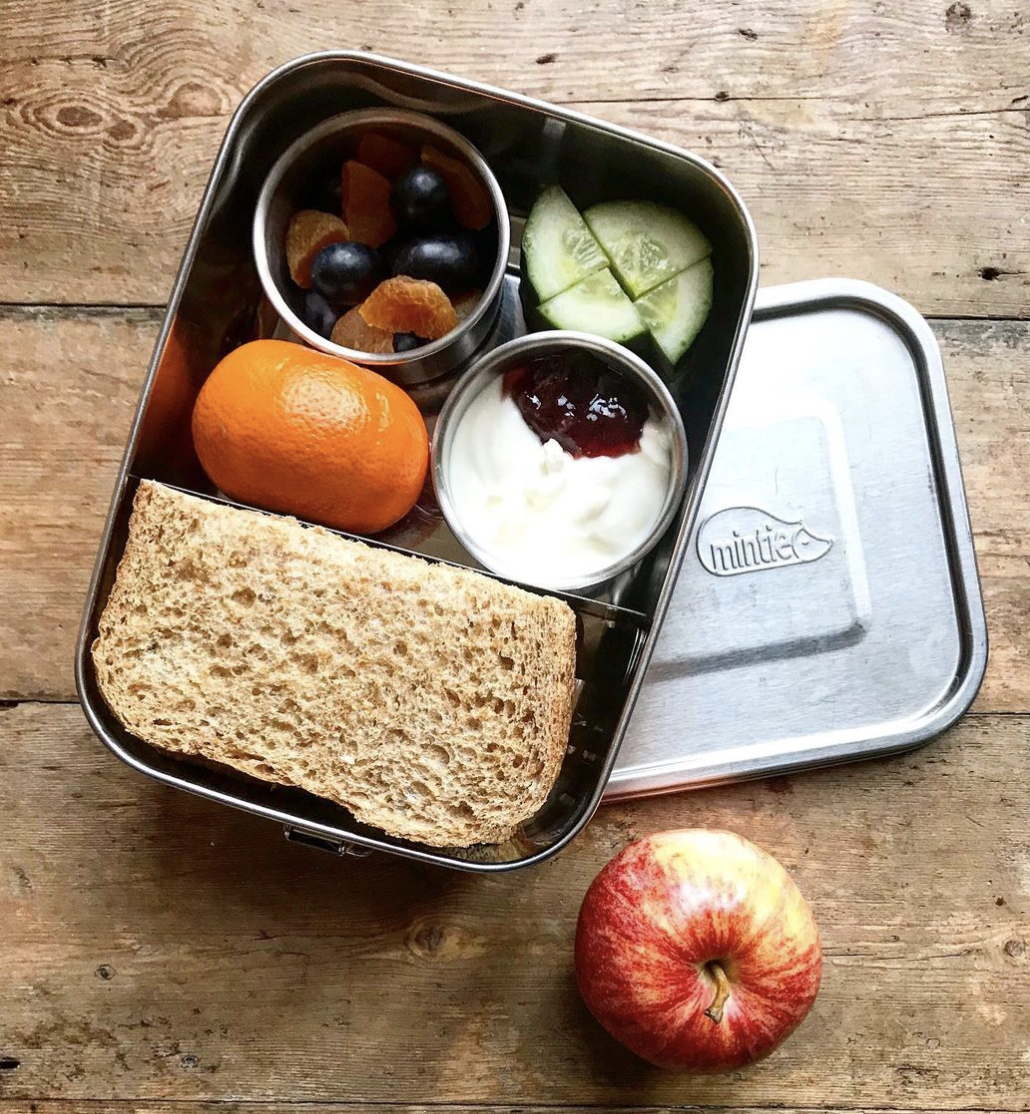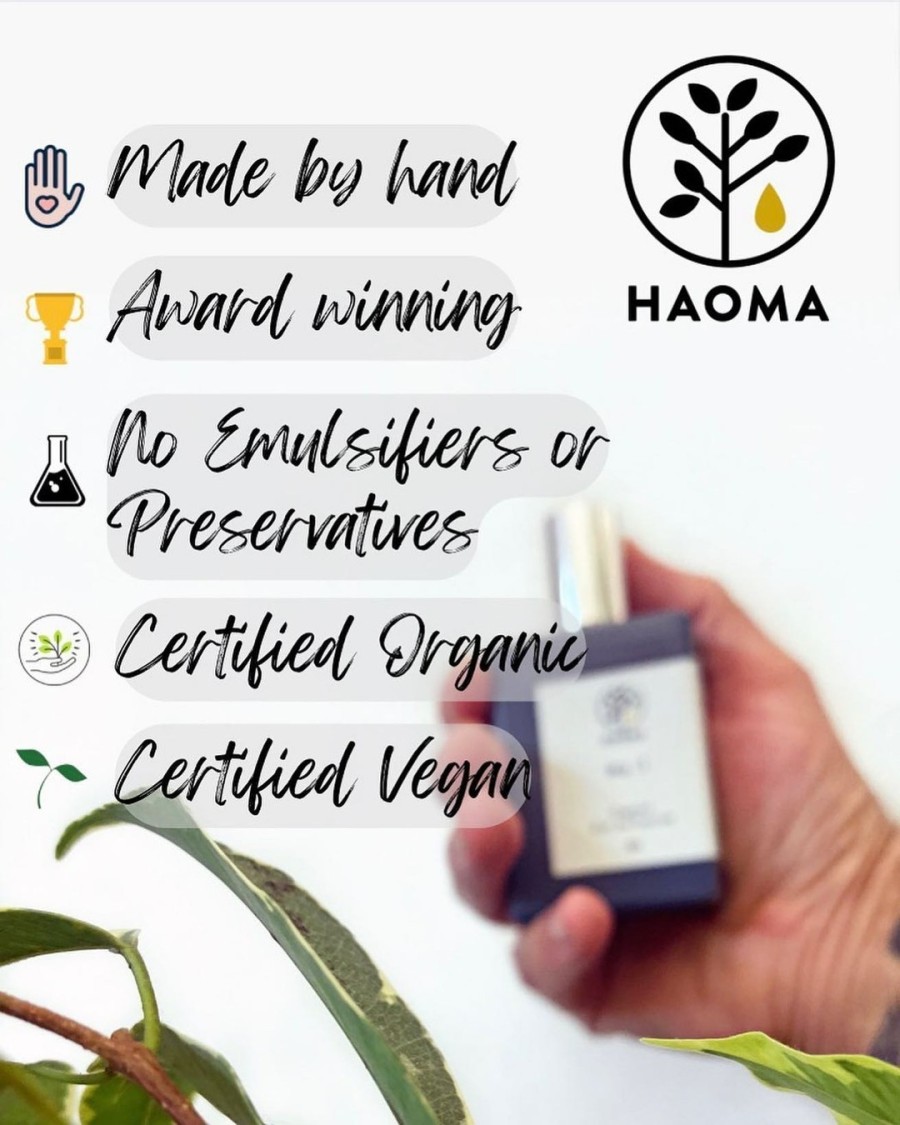How to Create a Sustainable Capsule Wardrobe
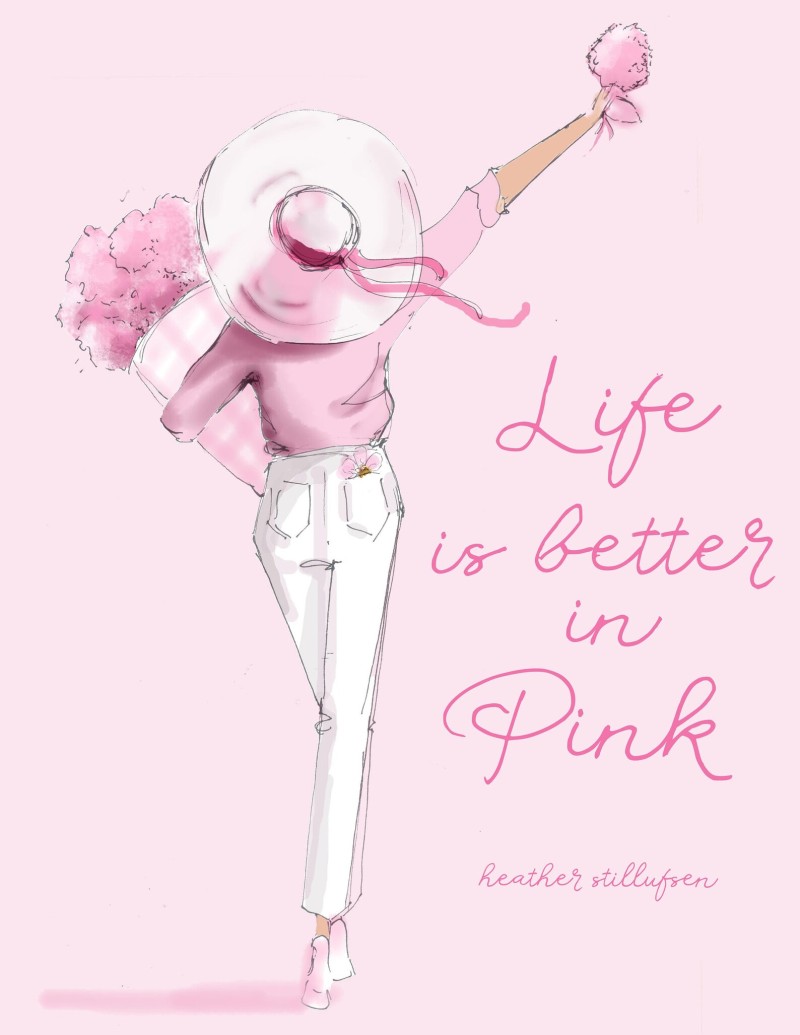
Creating a capsule wardrobe allows you to mix-and-match a few quality items of clothing to last years, rather than contribute to ‘fast fashion waste’.
For affordability and maximum styles, go for neutral colours. This doesn’t have to be black or white, but also could be grey, taupe or navy (olive and brown are nice colours for redheads).
The Capsule Wardrobe (by a professional stylist) does not focus on organic or vegan fashion (so you can just adapt). But it’s a useful book, as it shows you how to create 1000 outfits, from just 30 items of clothing.
The book includes detailed descriptions and illustrations of each item, plus a list of all 1000 outfits in a handy table.
Mix and match items for your wardrobe, to create unique everyday looks to flatter your body type. Stretch your budget and reduce fashion mistakes and impulse buys. Also transition from the office to after-dark in a flash!
Go for natural fabrics, it’s far simpler (organic or recycled cotton, hemp or linen). For clothing containing polyester, recycled plastic bottles or elastane, launder in a microfibre filter.
Choose Your Unique Own Style!

If you prefer the Michael Portillo look (bright orange trousers and a green jacket), go for it. Your style is your own. But overall, you may wish to wear subtle colours, for more choices with less clothes, and maximum outfit affordability.
A typical example of a good capsule wardrobe for men is as follows:
- 2 jackets (1 posh, 1 not)
- 2 trousers (1 posh, 1 not)
- 8 or so tops (shirts, tees, polo shirts, sweaters)
- 2 pairs of quality vegan shoes
- 8 pairs of greener socks
- 8 pairs of organic undies
So you can see, investing in a sustainable capsule wardrobe suddenly is not so expensive. With this capsule wardrobe, you have many different outfits:
- A smart jacket, smart shirt and smart trousers
- A smart jacket, t-shirt and casual trousers
- A tee-shirt and casual trousers (with jumper
- A jumper with smart trousers
- A casual jacket with casual trousers (and tee)
All the above could be worn with smart or casual vegan shoes (loafers to sneakers, your choice), and you should easily get 7 different outfits, especially if you choose the basics (like shirts) in different colours, to mix-and-match for a variety of looks.
Once you’ve made your capsule wardrobe (possibly from items you already own), then consider donating unwanted items to charity shops (choose ones that support local animal shelters or hospices, not ones that test on animals).

